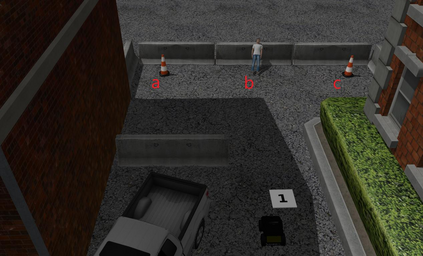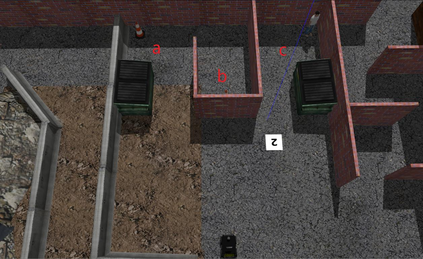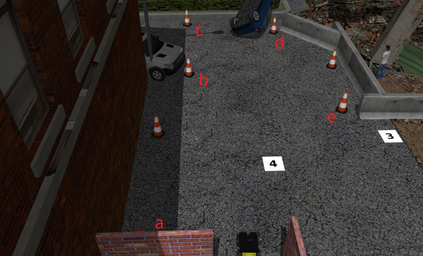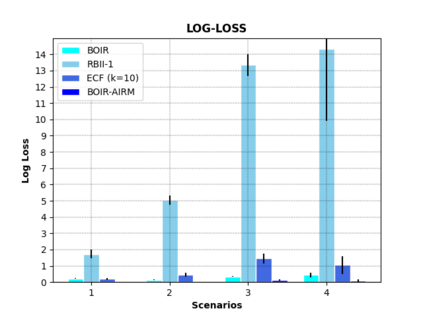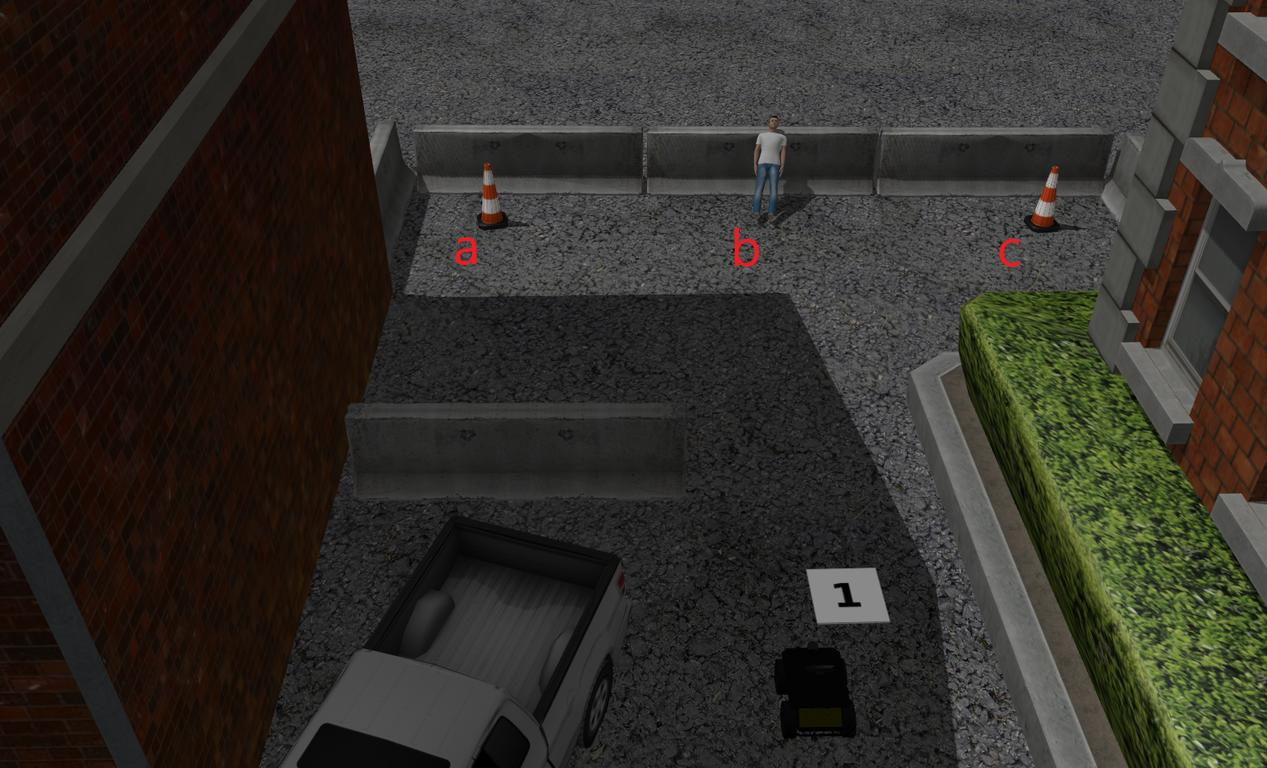This paper addresses the problem of human operator intent recognition during teleoperated robot navigation. In this context, recognition of the operator's intended navigational goal, could enable an artificial intelligence (AI) agent to assist the operator in an advanced human-robot interaction framework. We propose a Bayesian Operator Intent Recognition (BOIR) probabilistic method that utilizes: (i) an observation model that fuses information as a weighting combination of multiple observation sources providing geometric information; (ii) a transition model that indicates the evolution of the state; and (iii) an action model, the Active Intent Recognition Model (AIRM), that enables the operator to communicate their explicit intent asynchronously. The proposed method is evaluated in an experiment where operators controlling a remote mobile robot are tasked with navigation and exploration under various scenarios with different map and obstacle layouts. Results demonstrate that BOIR outperforms two related methods from literature in terms of accuracy and uncertainty of the intent recognition.
翻译:本文论述在遥控机器人导航过程中人类操作者意图识别的问题,在这方面,承认操作者的预期导航目标,可使人工智能(AI)代理商能够在先进的人-机器人互动框架内协助操作者,我们提议采用巴耶斯操作者主动识别概率方法,利用以下方法:(一) 一种观测模型,将信息作为提供几何信息的多种观测源的加权组合加以结合;(二) 一种表明国家演变的过渡模型;(三) 一种行动模型,即主动即时识别模型(AIRM),使操作者能够以无同步的方式传达其明确意图;在一次实验中评估了拟议方法,即控制远程移动机器人的操作者的任务是在各种情况下以不同的地图和障碍布局进行导航和探索;结果显示,BIR在意向识别的准确性和不确定性方面,比文献中两种相关方法要好。

